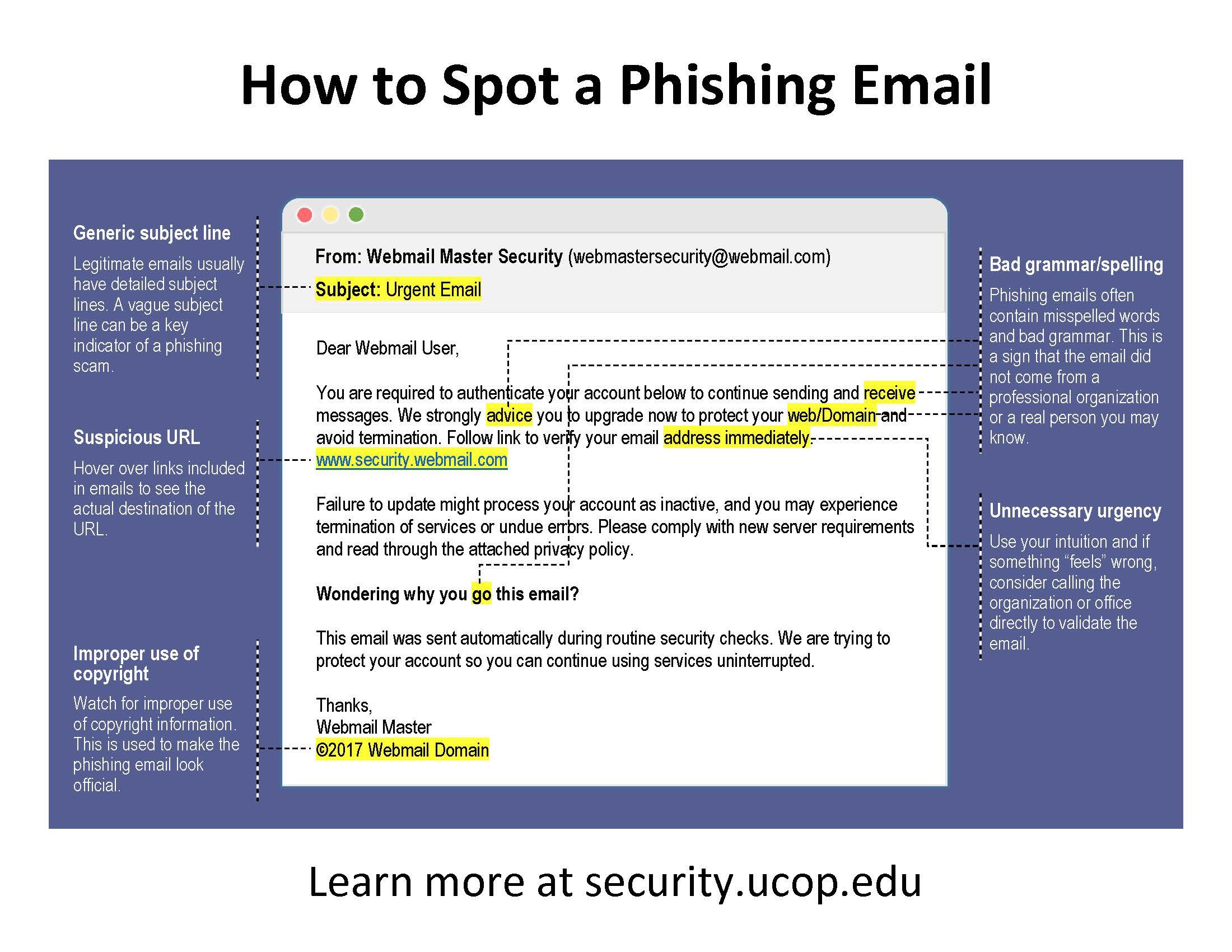As technology continues to advance, so do the techniques used by cybercriminals to steal sensitive information. Phishing emails are a common tactic used by hackers to trick individuals into giving away their personal information, such as passwords, credit card numbers, and social security numbers. In this article, we will discuss how you can spot phishing emails by recognizing common red flags.
1. Check the Sender’s Email Address
One of the easiest ways to spot a phishing email is by checking the sender’s email address. Oftentimes, scammers will use email addresses that look similar to legitimate companies, but upon closer inspection, you’ll notice small discrepancies. For example, instead of “@paypal.com,” a scammer might use “@paypa1.com.” Always double-check the sender’s email address before clicking on any links or opening any attachments.
2. Look for Spelling and Grammar Errors
Phishing emails are often riddled with spelling and grammar errors. Legitimate companies typically have a team of professionals who proofread their emails before sending them out. If you notice any unusual mistakes or awkward phrasing in an email, it’s likely a red flag that it could be a phishing attempt.
3. Beware of Urgent or Threatening Language
Phishing emails often use urgent or threatening language to scare recipients into taking immediate action. They may claim that your account has been compromised or that you owe a large sum of money. If you receive an email that makes you feel anxious or pressured to act quickly, take a step back and analyze the situation before providing any information.
4. Check the Links Before Clicking
One of the most common tactics used in phishing emails is to include malicious links that, when clicked, lead to a fake website designed to steal your information. Before clicking on any links in an email, hover your mouse over them to preview the URL. If the link looks suspicious or doesn’t match the company’s official website, it’s best to avoid clicking on it.
5. Avoid Providing Personal Information
Legitimate companies will never ask you to provide sensitive information, such as passwords or social security numbers, via email. If an email requests this type of information, it’s likely a phishing attempt. Be cautious about sharing any personal details over email and always verify the sender’s identity before responding.
6. Enable Two-Factor Authentication
Two-factor authentication adds an extra layer of security to your online accounts by requiring a second form of verification, such as a text message or authentication app. By enabling two-factor authentication on your accounts, you can prevent hackers from accessing your information even if they obtain your login credentials through a phishing attack.
Conclusion
Phishing emails are a common threat in today’s digital world, but by learning to recognize the common red flags, you can protect yourself from falling victim to these scams. By checking the sender’s email address, looking for spelling and grammar errors, and avoiding providing personal information, you can stay one step ahead of cybercriminals. Remember to always verify the legitimacy of an email before taking any action, and enable two-factor authentication for added security.
Stay vigilant and stay safe online!


